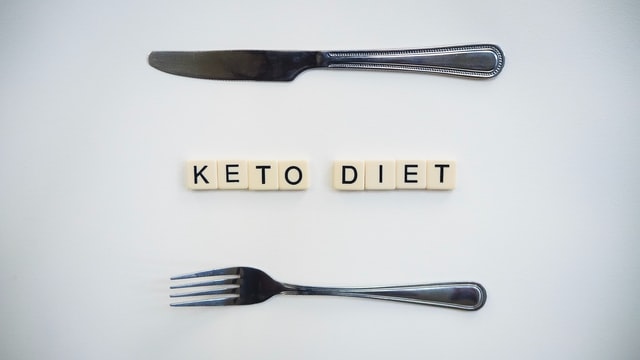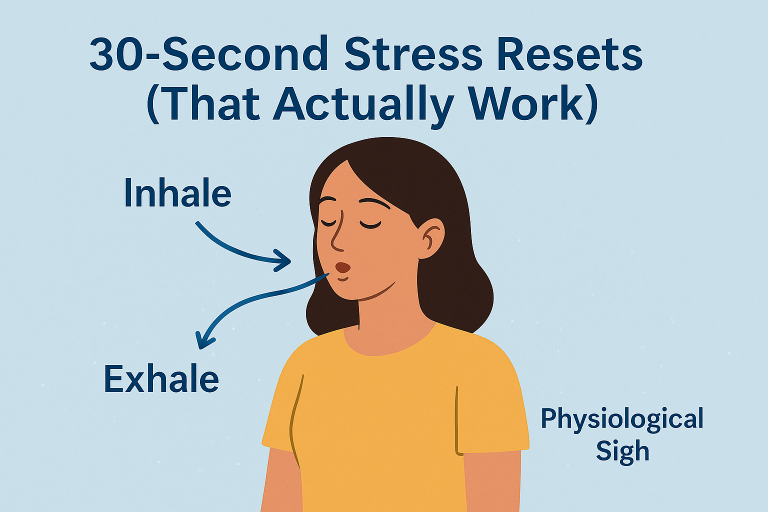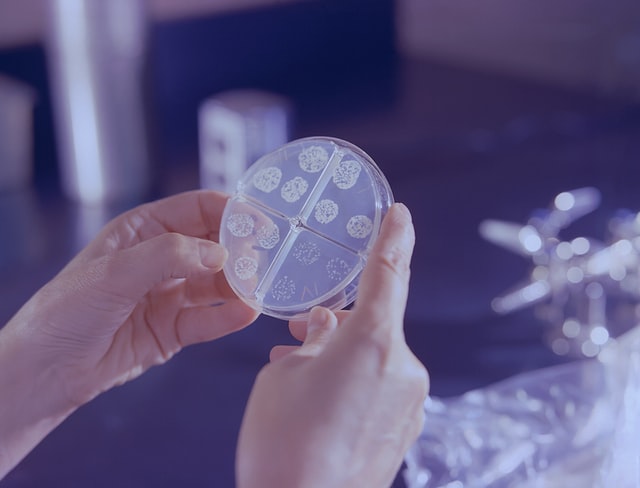The keto diet, also known as the “ketosis” or “fat-burning” diet, has been around for a while. However, in recent years, this low-carb eating plan has gained popularity among people who want to lose weight fast as opposed to a low-fat diet. The Ketogenic Diet is a high fat, moderate protein, low carb diet. It is a safe, effective treatment for epilepsy that is being used by millions of people worldwide. The ketogenic or “keto” diet has been around since the 1920s and this type of eating plan was first developed by Dr. Robert Atkins to help people lose weight. It can be very effective at helping people lose weight by reducing cravings and hunger pangs while providing all the essential nutrients your body needs.
There are many benefits associated with the ketogenic diet. Some of these include improved energy levels, increased mental clarity, reduced stress levels, and better sleep quality.
However, there are also some drawbacks associated with the ketogenic lifestyle. One of the biggest challenges is finding foods that fit into the keto diet plan.
How does the keto diet work?
Ketosis is a metabolic state where the body uses ketones instead of glucose as a source of energy. Here’s what you need to know if you want to try the keto diet.
It works differently from traditional diets. The goal of the ketogenic diet is not simply to lose weight but to change the way your body uses fuel.
When you consume too many carbohydrates, your liver converts them into glycogen. Glycogen is used when you don’t have enough oxygen available to use all of your muscles’ energy needs.
When you start eating less glucose, your brain starts using fatty acids instead. Fatty acids produce more ATP.
Your mitochondria will begin producing ketones from fats instead of relying on glucose. Ketone bodies pass through your bloodstream and enter your cells where they replace glucose as an energy source.
This process causes your insulin levels to drop dramatically. Insulin is responsible for transporting glucose from our blood into our cells. Without insulin, we cannot store or use any glucose.
As a result, we feel hungry because our brains no longer receive their usual supply of fuel. This makes us crave foods that are high in carbs such as bread, pasta, rice, potatoes, etc.
You may experience some gastrointestinal discomfort during the transition period. You should drink plenty of water throughout the day so you stay hydrated.
Do Ketogenic diets work for everyone?
There are two main reasons why most people fail on the keto diet:
First reason: Most people who follow this diet expect miracles. They believe that by following a strict regimen, they can achieve amazing things very quickly. But this isn’t true at all. It takes weeks or even months until you notice real changes in your body. I would say that 60% of people failed within the first month. Why? Because they were expecting something magical to happen overnight. And it doesn’t work like that.
Second reason: Many people try to do too much at once. They want to go back to school, study, exercise, cook healthy dinners… All while trying to stick to a low-carb lifestyle. That’s impossible. So what happens? Well, they give up! After 2 days of failing miserably, they decide to quit. Then they blame themselves for not sticking to the plan. The truth is that they didn’t have enough willpower to start with.
So don’t be discouraged when you realize that you won’t lose weight right away. Just remember that you need the patience to change your life forever.
Why should I try the keto diet?
The keto diet has been around for a while, but the popularity of this low-carbohydrate eating plan continues to grow. The keto diet can be used as an effective weight-loss tool because your body enters into a state known as “ketosis” when you eat very few carbohydrates, which results in your body using fat for energy.
On the Keto Diet, you eat a lot of fat and very few carbs. Your daily caloric intake should be around 1,500 calories, with about 70 percent coming from fat and 30 percent from protein.
The best way to start a ketogenic diet is by first building up your body fat stores through a period of calorie restriction. This will help your body adjust to using fat rather than glucose as its main energy source.
The ketogenic diet has been shown to improve blood sugar control in people with diabetes. It may also help reduce the risk of developing type 2 diabetes. This is because it helps to reset your metabolism so that it burns fat rather than sugar.
What do you eat on Keto?
There are many foods that can be eaten while on a ketogenic diet. However, there are some foods that should be avoided. These include:
- Dairy products
- Bread
- Grains such as rice, pasta, corn, etc.
- Legumes/beans
- Nuts
- Sugar alcohols
- Sweets
You’ll find plenty of recipes online which show how easy it is to follow a ketogenic diet. You just need to make sure they’re suitable for you. For example, most desserts contain lots of added sugars and refined flours.
They won’t fit well within a ketogenic lifestyle.
Here’s a list of foods that you can eat on a keto diet:
I have divided them into three categories – healthy fats, proteins, and vegetables:
Healthy Fats
These are the types of food items that you can enjoy on a keto diet plan. They include things like avocado, olive oil, coconut milk, butter, ghee, and seeds.
Proteins
This category includes meat, poultry, fish, eggs, dairy, and other animal-based sources of protein. There are no restrictions placed upon what kind of meats or seafood you consume.
Keto cheese list:
There are hundreds of types of cheese. Fortunately, most are very low in carbs and high in fat, which makes them a great fit for a ketogenic diet.
In fact, some studies suggest that cheese may help protect against heart disease (cheese also contains conjugated linoleic acid, which is a fat that has been linked to fat loss and improvements in body composition (in addition, eating cheese regularly may help reduce the loss of muscle mass and strength that occurs with aging.
- Cottage cheese
- Mozzarella
- Ricotta
- Swiss cheese
- Gouda
- Cheddar
- Parmesan
- Brie
- Provolone
- Asiago
- Feta
- Blue cheese
- Goat cheese
- Manchego
Vegetables
Finally, we come to the last group of foods that you can enjoy on the keto diet. Vegetables are not restricted at all. In fact, you can even eat unlimited amounts of veggies!
Keto vegetable list:
- Asparagus
- Avocado
- Broccoli
- Brussel sprouts
- Cabbage
- Carrots
- Eggplant
- Fennel
- Green beans
- Jicama
- Lettuce
- Mushrooms
- Onions
- Peas
- Pumpkin
- Radishes
- Shallots
- Spinach
- Squash
- Sweet potatoes
- Tomatoes
- Zucchini
Keto diet risks
If you are looking for a low-carb diet plan, then the ketogenic diet may be right for you. It is a high-fat diet that can help reduce weight and improve health. However, there are some risks associated with this type of diet. Here’s what you need to know.
Increased hunger
One of the biggest concerns when following any diet is whether or not you feel hungry enough. The ketogenic diet requires an increased amount of fats compared to proteins and carbohydrates. As a result, you might experience more cravings for fatty foods. In addition, if you have trouble sleeping, you could wake up feeling tired due to lack of sleep caused by the higher levels of ketones produced by your liver.
Lack of energy
When you start eating fewer carbohydrates, your brain will begin producing its own fuel called Ketone body. When these ketone levels build up inside your system, they can cause fatigue. Your muscles will also become depleted of glycogen. To avoid muscle cramps, try drinking extra fluids throughout the day.
Weight loss
The ketogenic diet has been shown to produce significant weight loss. This is because it forces your body into using stored fat instead of carbs for energy. If you want to lose weight quickly, consider adding cardio exercises to your routine. Cardio burns calories faster than strength training alone.
Health issues
Some people who follow the ketogenic diet report experiencing headaches, constipation, acid reflux, and even depression. Some experts believe that these symptoms stem from dehydration. Others think that the diet itself causes mental problems.
Side effects
Some side effects include bad breath, dry mouth, oily skin, acne, hair loss, and digestive discomfort. These side effects usually disappear after about 2 months on the diet.
How long should I stay on Keto?
There isn’t an exact amount of days or weeks needed to follow the keto diet plan. It all depends on your body type and goals. Some people may choose to go into ketosis within 2–3 days, others might require up to 4 weeks before seeing benefits.
However, if you stick to the guidelines provided in this article, you shouldn’t run into any problems. We recommend sticking to the diet for up to 30 days a time. Afterward, you should slowly transition back to normal food consumption.
Quick Keto tips
If you decide to go ahead with the keto diet, here are some tips to keep in mind:
1) Be patient – Going keto isn’t going to happen overnight. Expect to spend two weeks adapting to the new dietary changes before starting to see results.
2) Don’t overdo it – Make sure you drink plenty of water during exercise and rest periods. Dehydration slows down your ability to burn fat.
3) Get moving! Exercise increases metabolic rate and keeps you healthy. Try walking, running, swimming, cycling, dancing… anything that gets you active.
4) Eat cleanly – Avoid processed food and sugary treats. Stick to fresh fruits, vegetables, lean meats, fish, eggs, nuts, seeds, avocados, coconut oil, olive oil, butter, cheese, cream, yogurt, kefir, bone broth, avocado toast, almond milk, coffee, tea, chocolate, and other natural sweeteners like honey and maple syrup.
5) Stay hydrated – Drink at least 8 glasses of water every day. Water helps flush out toxins and stay full longer.
FAQs
How long does it take to get results?
It takes 3–6 months to fully adapt to the ketogenic diet. During this time, you should expect to lose 1–2 pounds per week. After 6 months, most individuals see improvements in their cholesterol level, blood pressure, triglycerides, and insulin sensitivity and resistance.
Is it safe?
Yes, as long as you don’t eat too much protein. You must also make sure that you drink plenty of water while on the diet. Drinking alcohol during the first few weeks of the diet can actually slow down how well you respond to the diet.
Can I still exercise while on the keto diet?
You absolutely can! Exercise helps burn additional calories per day and keep you healthy. Just remember to eat something first thing in the morning to prevent yourself from getting sick during workouts.
Is the keto diet good for me?
It really depends on how active you are and what kind of lifestyle you lead. For example, someone who works out regularly won’t see many benefits from going on the keto diet. On the other hand, those who spend most of their free time sitting at home watching TV would likely benefit greatly from the diet.
If you’re interested in trying the keto diet, we suggest starting with one month as a trial period. During this time, make sure you don’t skip meals and always track everything you consume so you know exactly what’s working and what needs improvement. You’ll be able to tell which foods work well for you and which ones do not. Once you’ve found some favorites, continue tracking them until you reach your goal.
Can I do it without exercising?
You can definitely achieve great results just through healthy lifestyle changes. But exercise plays a huge role in helping you maintain those results over the long term.
Exercise increases metabolism, which means that you burn more calories each day. Plus, physical activity improves overall fitness, boosts self-confidence, and makes you happier!
Are there any special considerations for women?
Women tend to store more fat around their bellies. So, be careful with portion sizes. Also, keep track of what you are consuming so you know where to focus efforts to reduce calorie intake.
Do I need to count my macros?
No, but it helps to understand how many grams of macronutrients you consume in one sitting. For example, let’s say you ate two slices of bread with butter and jam.
That would equal approximately 20g of carbohydrates. The serving size of meat contains roughly 30g of protein. And a medium-sized apple provides only 10g of carbohydrates.
If you’re looking to cut back on sugar consumption, then you’ll want to pay attention to the number of grams of carbohydrates you consume daily.
Carbohydrates provide quick bursts of energy, but they aren’t very filling. By cutting out simple sugars like white flour products, sugary drinks, candy bars, etc., you’ll find yourself naturally craving healthier foods such as fruits, vegetables, lean meats, nuts, seeds, whole grains, and legumes.
When you start eating better, you will feel fuller longer, have more energy throughout the day, and experience fewer cravings.
The result: Your waistline shrinks, your mood lifts, and you look forward to every meal.
Ending note
As you can see, the Ketogenic diet can be quite effective when it comes to weight loss and health benefits. There isn’t an exact amount of days or weeks needed to get into ketosis. However, if you stick to the guidelines above, you shouldn’t go past 2 months before seeing improvements in health and weight loss.
Ketogenic diets may seem restrictive, but once you learn how easy they are to implement, you might decide to give them a try. If you’d rather avoid the strictness of the diet, simply add more carbs when you feel hungry.




